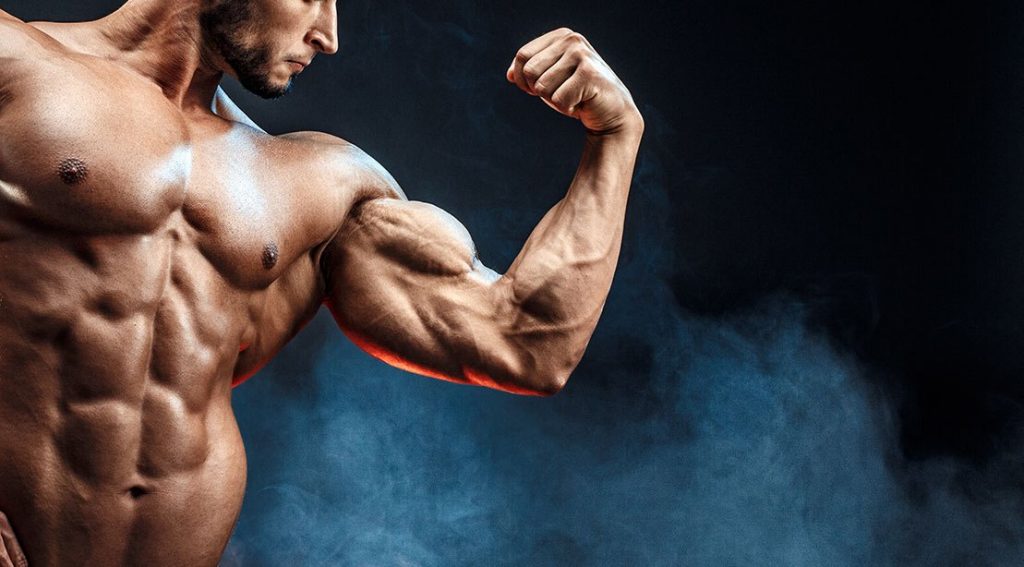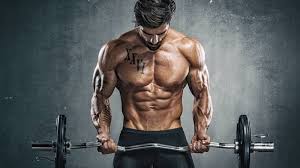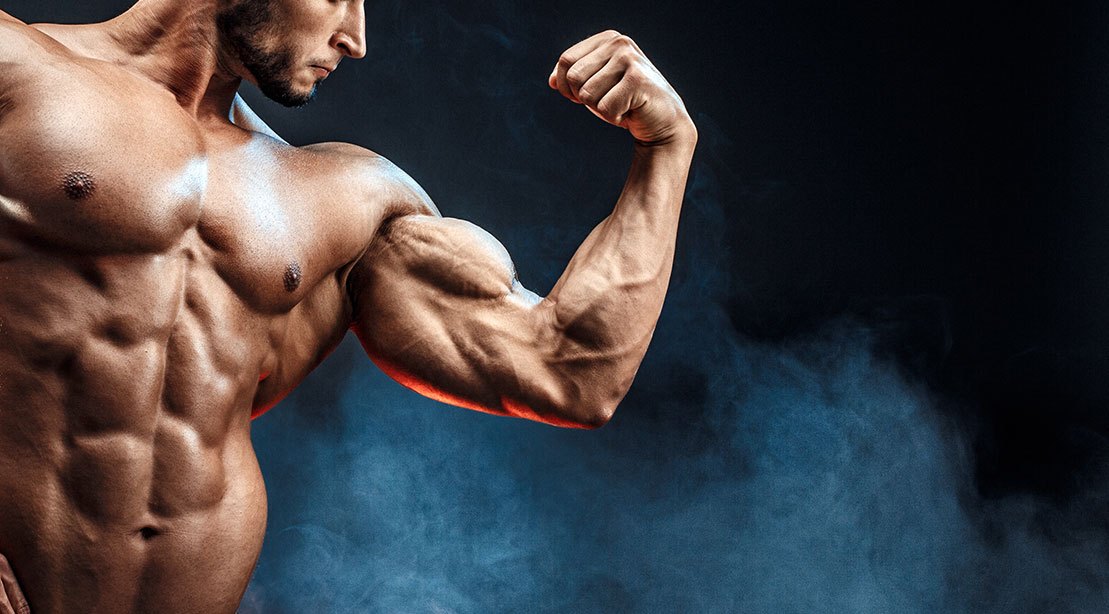Mindful Biceps I – Growth
Mindful Biceps I – Growth – When it comes down to building big thick biceps, it seems that a respectable amount of training literature these days is aiming to instill a taboo mindset with respect to many constructive strategies. “Keep the elbows in place!” “Avoid using other muscles to assist!” “Squeeze hard at the top of the curl…”
What should be obvious throughout this article that these are highly valuable techniques and they have their place when it comes down to maximizing biceps development. https://morrowpacific.com/

Nevertheless, I am astonished as to how they have wormed their way into mandatory form practice components, as nothing could be farther from the truth! In fact, if you were to pull up an online video of the greatest bodybuilding champions training their biceps, you would see them breaking virtually every one of the aforemention “rules,” and for very good reason! www.mustangcontracting.com
I’m going to share a few highly constructive growth methods throughout this article. If you have yet to implement them, I am confident that they will take your biceps development to a whole new level. I assume it is already apparent to you that several will go against conventional biceps training practice and are deemed radical by some.
To question them is inevitable given that the matter of sound biceps training is very ambiguous to begin with. In fact, the point of this article is to encourage this since sculpting your biceps to the extreme will entail a very mindful approach!
The first step toward maximizing the growth potential of your biceps is to avoid minimizing the assistance offered by other muscles when curling. Generating maximum force without utilizing any sort of bodily momentum at the bottom of heavy curling movements warps the tendons.
Pretty ironic, given that this style is allegedly safer! What’s worse is that the weight selected to perform a set of super-strict repetitions must favor the initial portion of the range-of-motion (ROM) where the least amount of fiber is activated, and during the weakest type of contraction the concentric.
Ultimately, being too strict reduces overall fiber recruitment since the biceps will not work as hard where they are strongest throughout the ROM, with failure revolving around where they are weakest!
Strict isolation obviously has sound purpose, but the body is meant to work as a unit and maximizing hypertrophy will demand the assistance of other muscles to serve the biceps where the greatest amount of fiber activation will occur, which is roughly at 90-degrees of flexion.
Though difficult to prove, I also believe that a synergy is created by bringing other muscles into play, increasing fiber recruitment during the positive contraction as opposed to isolating their power alone. Ultimately you will break down more fiber, especially throughout the descent since you will be using more weight.
It will take a bit of trial and error to ensure safety, maximize the effect, and internalize this strategy to apply the precise level of assistance. Properly performed, the auxiliary muscles should provide momentum at the beginning of the curling movement and just enough to initiate the lift.
At the top of the movement, you should slowly transition into a strict descent. Examples include assisting with the hips and thighs at the bottom of a barbell or dumbbell curl. And though some will shoot through the roof upon reading this, there is great benefit to rocking backward a bit to create momentum at the beginning of a preacher curl as well! While those who favor robot-reps would call this “cheating,” the reality is that they are the ones who are cheating themselves out of reaching their full potential. As it stands, this is an effective growth strategy that should be given a positive label along the lines of “strategic momentum.”
Are you squeezing a muscle at the top of a curl? You cannot possibly be using enough weight to maximize growth if you can pause and hold it for a peak contraction at the top of a curling movement until you begin to align your lower arms with gravity, basically equating to an isometric contraction
Ideally, you never want to pause anywhere or at any time throughout the set when aiming primarily for hypertrophy, all the while remaining in the “sweet spot,” which generally lies within the range of stopping 10-degrees at both the top and bottom of a curling movement.
We have now come to a valuable mass-building tip that will be worth more than gold to anyone that wants to add inches to their arms! For starters, you should know that curls will only get you so far in your quest to maximize growth and they are analogous to extensions for the triceps.
In fact, I am certain that there isn’t a curl in existence that will build your biceps faster than a sound compound movement and you need to implement one into your routine.
After all, if you include one for virtually every other bodypart, what is the rationale behind not doing the same for the biceps? Because the upper arms are in the ideal position for maximum fiber recruitment, I find the biceps row to be highly effective!
The free-weight version appears almost like a barbell row except that there is far less upper arm movement since you will be pulling with the biceps. Most effectively, it is performed by leaning the upper body forward just enough to optimize the line-of-tension and pulling weight toward the upper abs (Yes, this does mean that you will be moving the elbows backward)!
The tension will be enhanced if you focus on keeping the wrists back to minimize forearm recruitment. Until you are familiar with the movement, I find it wise to begin on a cable apparatus, pulling from the bottom.
Upon mastering form practice, you will experience a mind-blowing pump beyond what any curl is capable of delivering and it will be isolated to the biceps, with not even a hint in the lats or traps!
Exploiting Your Hidden Potential
There is much more to blasting the biceps into new dimensions than by focusing on their development alone. Though they are not considered a part of the biceps muscle group, building the brachialis and brachioradialis muscles can significantly enhance their girth, peak, and overall appearance. Since these muscles support the biceps function, they should conveniently be trained along with them.
Activation of these muscles can be dictated with grip variation, allowing them to take on the brunt of the stress by reducing biceps recruitment. Generally speaking, you will find that flexion movements with a neutral grip will work the brachioradialis and full pronation will better emphasize the brachialis.
However, both are highly active with each grip variation. Along these lines, go ahead and allow your elbows to flare out a bit when performing reverse curls, as this is much more natural.
Try it for one set, after which the increased pump, along with the reduced tension in the wrist and elbow joints, should convince you to utilize this tactic on a permanent basis!
As an added tip that is sure to blast both the brachialis and brachioradialis into submission, consider performing a close-grip pulldown movement using the neutral grip handle.
When performing them, tilt the body slightly back from sitting upright. Using just a bit of momentum at the beginning of the movement, pull hard with the biceps to the chin with a heavy weight. Even after the first set, you will experience the best pump you have ever felt in these two muscles!
Lastly, you can use time-under-tension (TUT), also referred to as rep cadence or tempo , to influence the biceps, brachioradialis and brachialis. Utilizing a slower rep cadence will allow you to recruit more of the brachioradialis and brachialis muscles.
To maximize stimulation of the biceps when implementing the strategies discussed prior, you must perform with an explosive rep style!

These tips are a surefire way to thicken your biceps! Yet they are merely basic in nature and sculpting a pair of mountains entails much more than mere hypertrophy.
Contrary to what some believe, you can influence their appearance through region-specfic concentration-style movements. The second half of this article will heighten your understanding behind the concept of concentration curls and your biceps will have no choice but to follow suit!
